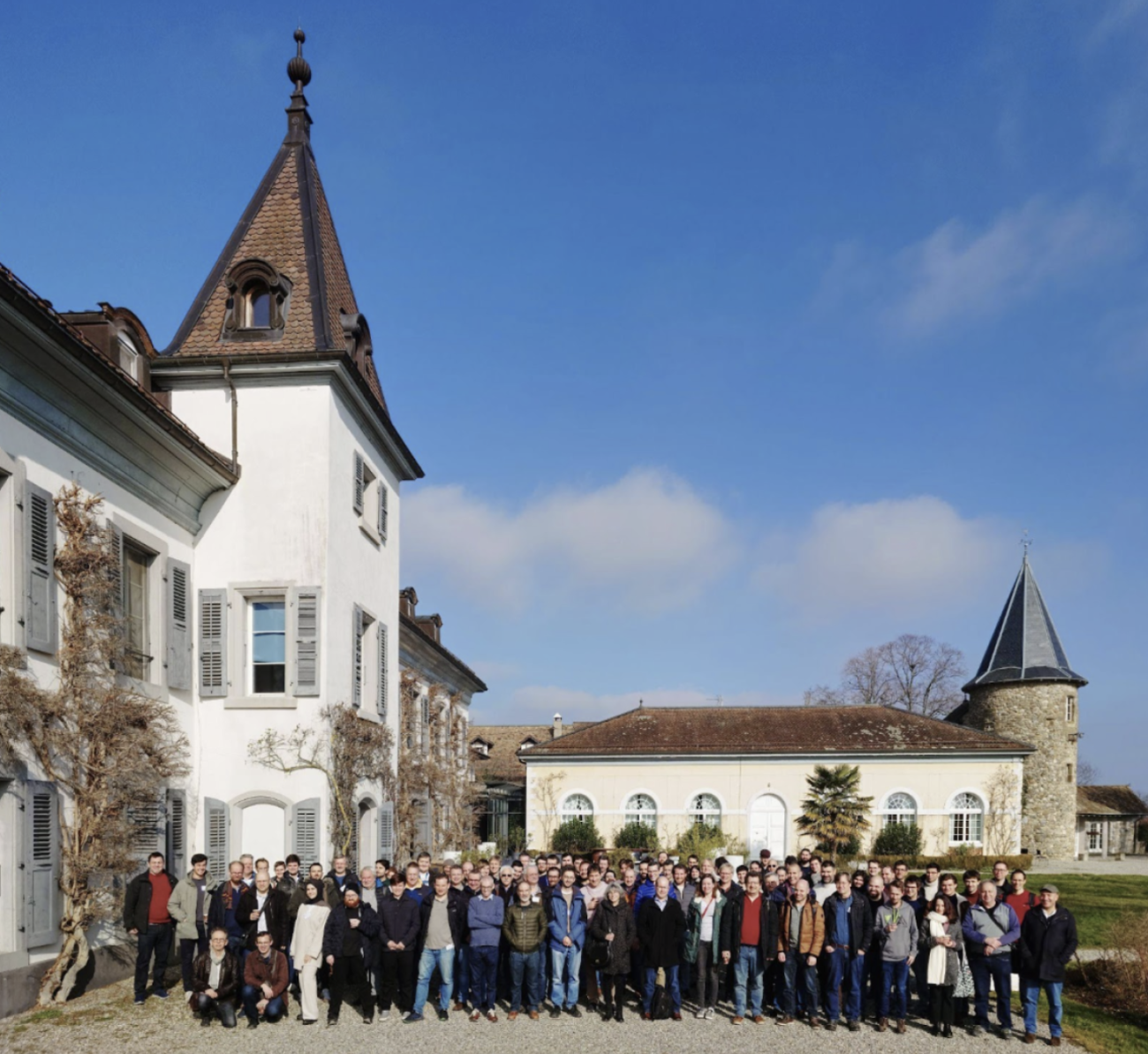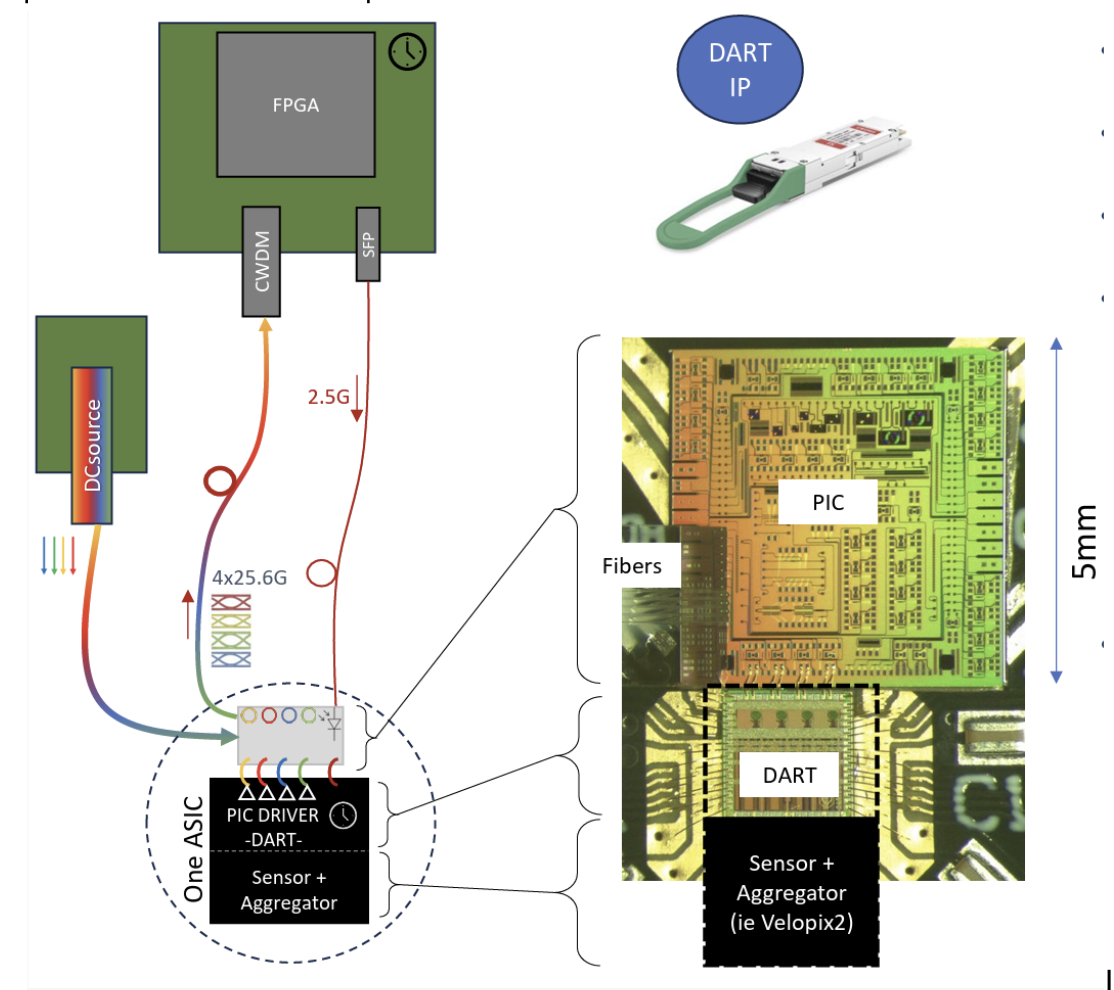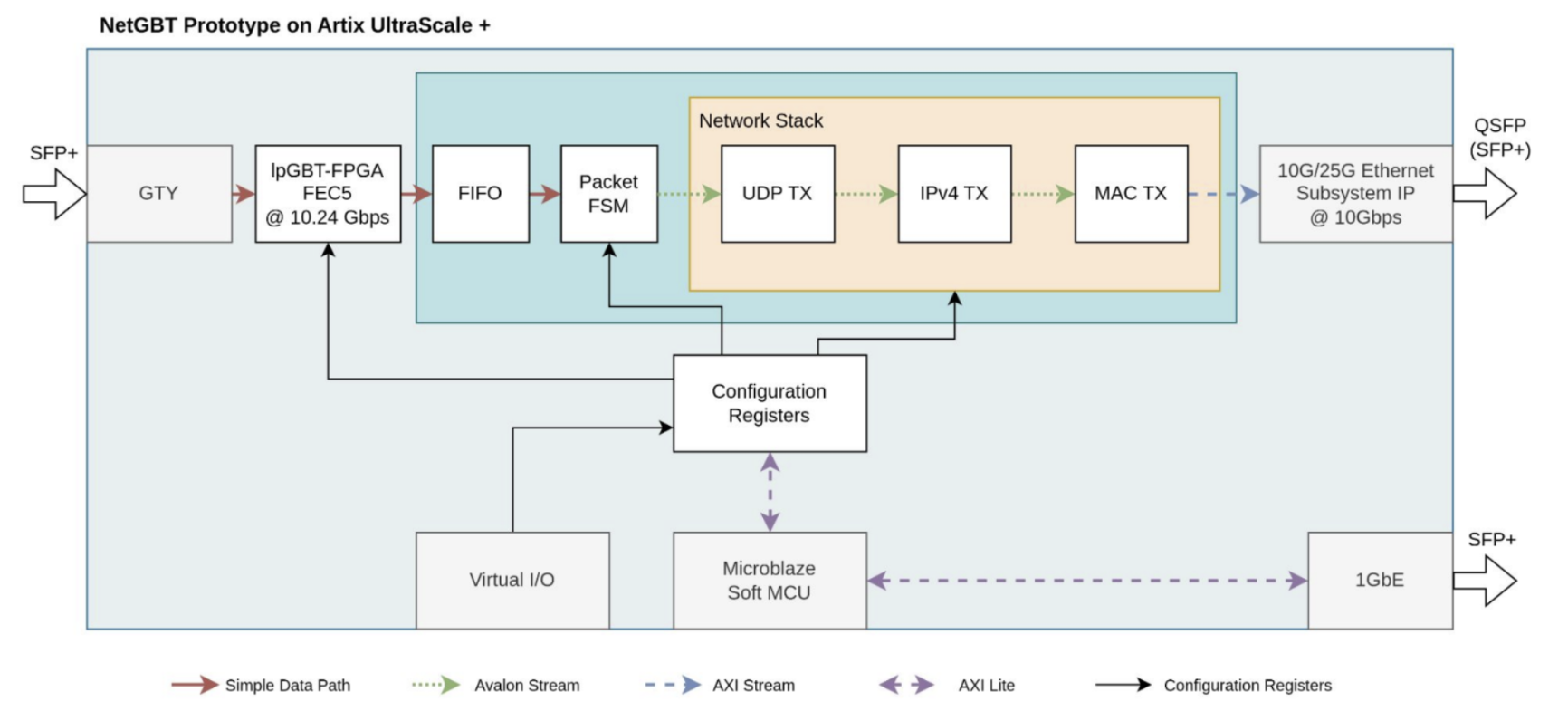Third DAQ@LHC workshop

After a (too) long hiatus the LHC DAQ teams found themselves together for three days in the beautiful and study-friendly atmosphere of Chateau de Bossey to discuss experiences in Run3, plans for the post-LS3 systems and technological developments relevant for DAQ in general.
The 120 participants (see Group Photo above) came from all four LHC experiments, including a few guests and included students, fellows, staff, and a few retired DAQ enthusiasts. Both the workshop and this article interpret “DAQ” broadly, encompassing data acquisition and run controls, readout links, data quality monitoring (DQM), and the Online IT infrastructure.
There were overview talks targeted at younger colleagues and newcomers to review the status of the four large DAQ systems, as well as in-depth presentations on the main technical challenges such as event-building, run-control, monitoring and others. Important contributors and stakeholders outside the core DAQ teams, such as the hardware (Level-1) trigger teams, the EP/ESE group (see Figure) and the Joint Controls Project (JCOP) were invited, as well as DAQ teams from (not-actually-so-)small experiments and Dune.
Since well over a year DAQ is now also the topic of a specific work-package in the EP R&D program (Workpackage 9) and WP9 was well represented with an overview talk as well as presentations on individual topics.

Future Silicon-photonics link directly from front-end chip (S. Baron et al.)
In the spirit of a workshop,, plenty of time was reserved for discussions, and several topics could well have used more than the allotted time. This is something to keep in mind for the organisation of future workshops in the series. To preserve the direct, personal touch of the event, we also decided against remote participation. All the presentations are publicly available on indico and the presenters as well as the organisers welcome questions, reactions and requests to continue the dialogue.
Compared to the two previous editions, it was remarkable to see that the discussion in many areas has shifted from comparing and - sometimes passionately - arguing about different technologies. Perhaps the most striking example of this trend is network technologies for event-building, where everybody seems to agree that Ethernet is the foreseeable solution, even if the LHCb and ALICE experiments still partly use another network (see Figure 1). The harmonization of hardware use has an equivalent in the software where “home-made” solutions are progressively changed to make use of standard tools (Grafana, Kafka, Containers, Kubernetes, etc…).
The universal use of these tools also brings the DAQ systems closer in look and feel to the systems in use by our Offline friends. Despite many differences in detail, which gave a lot of food for animated discussions, this convergence also makes it easier to share ideas and tools.

Low-cost lpGBT to Ethernet converter concept (A. Perro et al)
All experiments are characterized by very high operational efficiency owing to their maturity. In operations, monitoring, and DQM, we also saw interesting attempts to use recent technologies, including AI, to increase the efficiency and quality of data further, assist the shifters and expert operators, and/or reduce human effort.
LS3 will be a very long time when the DAQ teams will need to keep their compute infrastructures available for the benefit of their respective experiments and prepare their systems for the new, and in the case of ATLAS and CMS, unprecedented, challenges of Hi-Lumi LHC and Run4. In the next workshop, the lessons from Run3 will be definitively known, and with the plans for Run4 clear, it will be intriguing to take a first look together into the possible future of the DAQ systems after LS4.
